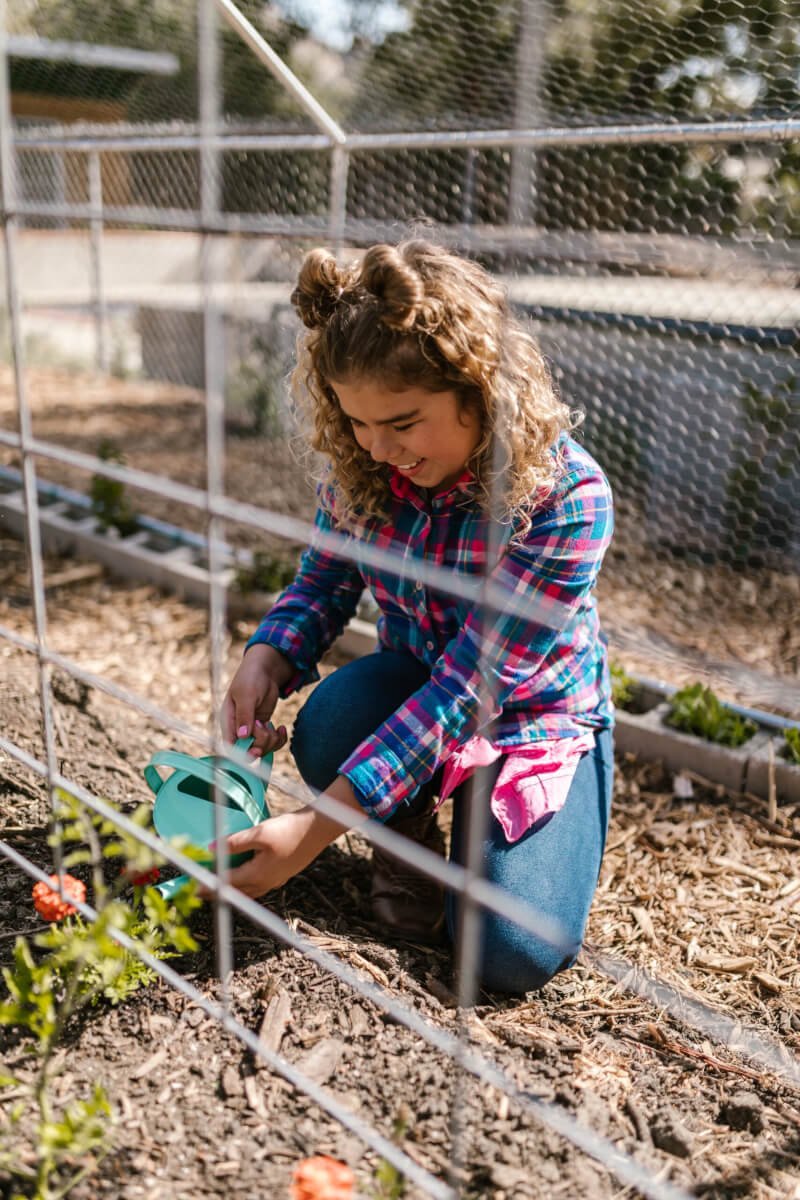Are you an urban dweller with a green thumb, yearning to grow your own peppers? Look no further than “The Essential Guide to Growing Peppers in Urban Settings.” This comprehensive guide is packed with all the information you need to successfully nurture and harvest peppers in the confines of a bustling city. From selecting the right type of peppers based on your preferences to providing valuable tips on container gardening, this guide will equip you with the necessary knowledge to turn your urban space into a flourishing pepper paradise. Whether you have a spacious rooftop garden or just a tiny balcony, this guide is your go-to resource for cultivating delicious peppers in an urban setting.
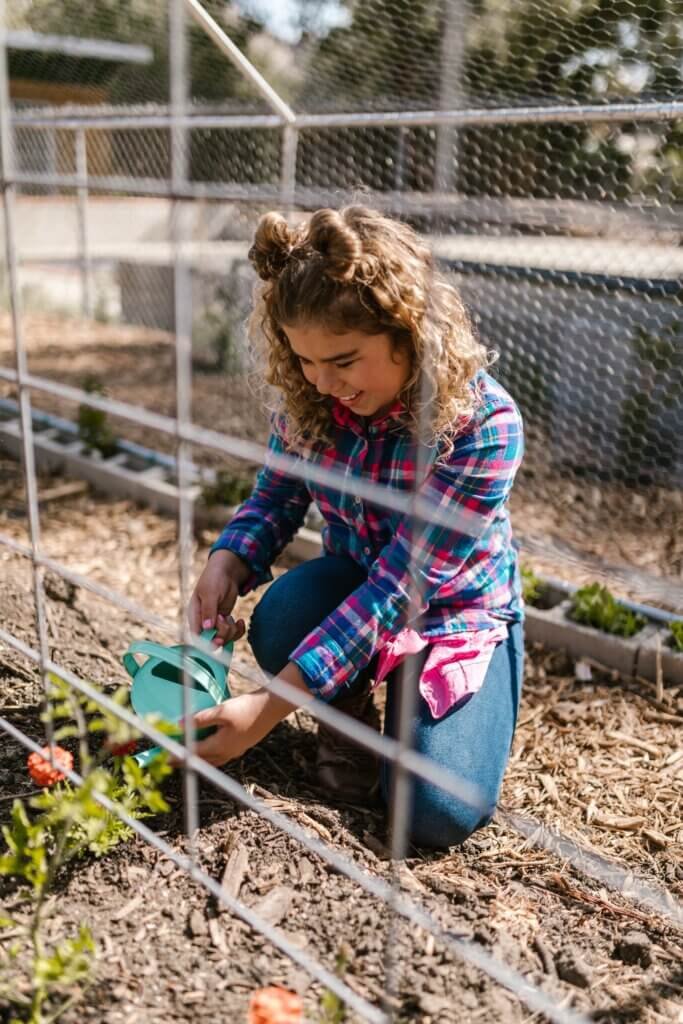
Choosing the Right Pepper Varieties
Determining Your Preferences and Goals
When it comes to choosing the right pepper varieties for your urban garden, it’s important to consider your personal preferences and goals. Are you looking for a mild pepper that adds a subtle kick to your dishes, or do you prefer something spicier that will make your taste buds tingle? Additionally, think about what you plan to do with the peppers. Are you looking to use them fresh, or do you have plans to preserve or can them? By considering these factors, you can narrow down your choices and find the perfect pepper varieties that suit your needs.
Considering Climate and Growing Conditions
Another crucial aspect to consider when selecting pepper varieties is the climate and growing conditions in your urban setting. Peppers thrive in warm temperatures, so it’s important to choose varieties that can tolerate your specific climate. If you live in a region with a shorter growing season or cooler temperatures, look for pepper varieties that have a shorter maturation period or are more cold-tolerant. On the other hand, if you have a longer growing season or hotter temperatures, you can choose from a wider range of pepper varieties.
Understanding Pepper Varieties
Pepper varieties come in a wide array of shapes, colors, sizes, and levels of heat. From the classic bell pepper to the fiery habanero, there is a pepper variety out there for everyone. Popular varieties include jalapeno, cayenne, serrano, and anaheim peppers. Each variety has its own unique flavor profile and heat level, so it’s essential to do some research and taste-testing to find the ones that appeal to your palate. Understanding the different pepper varieties will help you make informed choices and ensure successful cultivation in your urban garden.
Selecting the Ideal Growing Containers
Optimal Container Size
When it comes to growing peppers in an urban setting, choosing the right container size is crucial. The container should be large enough to accommodate the plant’s root system and provide ample space for growth. Peppers generally require a container with a minimum depth of 12 inches and a width of 16-18 inches, although larger varieties may need even more space. It’s important to provide adequate room for the plant’s roots to spread out and for the pepper plant to develop strong, healthy growth.
Drainage and Watering Considerations
Proper drainage is essential for pepper plants to thrive in containers. Choose containers that have drainage holes at the bottom to allow excess water to escape. Additionally, consider using a saucer or tray underneath the container to catch any drainage water and prevent it from pooling on your balcony or patio. Overwatering can lead to root rot and other issues, so it’s important to water your peppers thoroughly but allow the soil to dry out slightly between waterings.
Choosing the Right Potting Mix
To ensure healthy growth and development, it’s crucial to choose the right potting mix for your pepper plants. Look for a well-draining mix that is specially formulated for container gardening. Avoid heavy garden soil, as it can become compacted and hinder root development. A good potting mix will retain moisture while providing adequate drainage, ensuring that your pepper plants receive the right balance of water and air. Consider adding organic matter or compost to the mix to provide additional nutrients for your peppers.
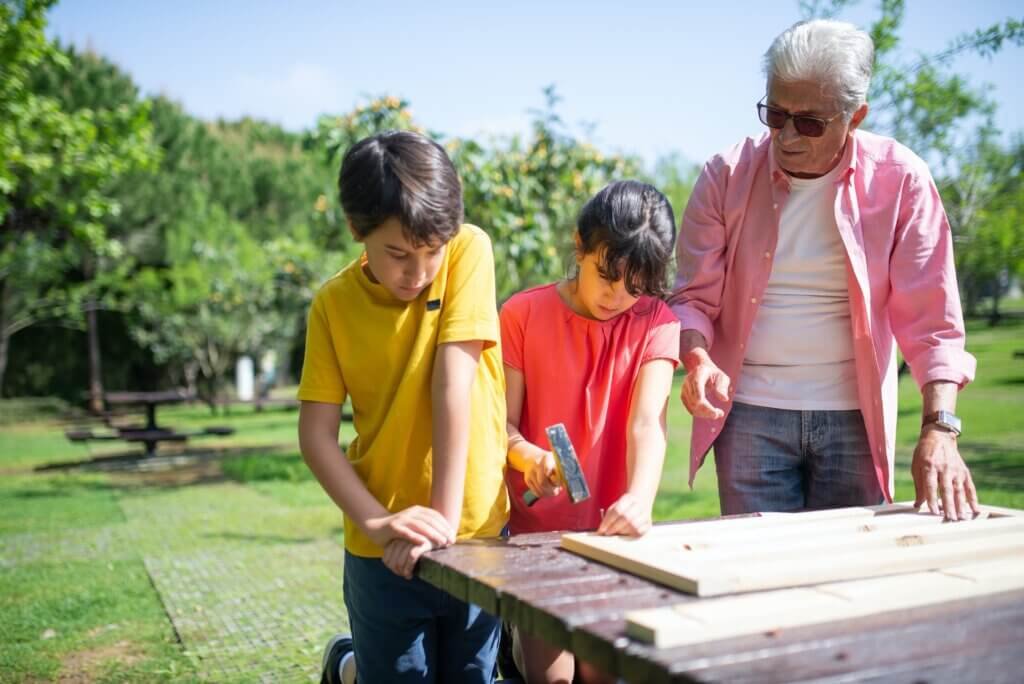
Preparing the Urban Garden Area
Assessing Available Space and Lighting
Before you start planting your peppers, take the time to assess the available space and lighting in your urban garden area. Peppers thrive in full sun, so it’s important to choose a location that receives at least 6-8 hours of direct sunlight each day. If your balcony or patio doesn’t receive adequate sunlight, consider using grow lights to supplement natural light. Additionally, ensure that you have enough space for your pepper plants to grow and spread out their branches, taking into account the recommended spacing for the specific pepper varieties you have chosen.
Clearing and Preparing the Soil
Clearing and preparing the soil is an essential step in creating a successful urban garden for your peppers. Remove any weeds, rocks, or debris from the planting area to create a clean canvas for your plants. If you have poor-quality soil, consider adding organic matter or compost to improve its fertility and drainage. Turn the soil with a garden fork or tiller to loosen it up and create a loose, crumbly texture that will allow the pepper roots to penetrate easily.
Considering Companion Plants
Companion planting is an effective technique that can help your pepper plants thrive and protect them from pests and diseases. Consider planting companion plants that complement your peppers, such as basil, marigolds, or onions. These plants can help deter pests, improve soil quality, and increase overall garden biodiversity. Conversely, avoid planting peppers near plants that are susceptible to similar pests or diseases to prevent cross-contamination. By carefully selecting your companion plants, you can create a harmonious and beneficial environment for your peppers.
Starting Your Pepper Seeds
Collecting High-Quality Seeds
Starting peppers from seeds allows you to have a wider selection of varieties and ensures that you have control over the entire growing process. When collecting seeds, make sure to choose high-quality seeds from reputable sources. Look for seeds that are fresh, viable, and specifically labeled for the pepper variety you wish to grow. Storing seeds in a cool and dark place will help maintain their viability for future use.
Germinating Seeds Indoors
To give your pepper seeds a head start, germinate them indoors before transplanting them into your urban garden. Start by planting the seeds in small containers or seed trays, using a seed-starting mix that provides good drainage. Place the containers in a warm and well-lit area, such as near a south-facing window or under grow lights.
Transplanting Seedlings
Once your pepper seedlings have developed their first true leaves and are around 2-3 inches tall, they are ready to be transplanted into larger containers or directly into the ground. Harden off the seedlings by gradually exposing them to the outdoor conditions over the course of a week, starting with a few hours of sunlight each day and gradually increasing the amount of time spent outside. When transplanting, be gentle with the seedlings and carefully place them in their new containers or garden beds, ensuring that the soil is firmly packed around the roots.

Caring for Pepper Plants
Watering and Fertilizing
Proper watering and fertilizing are essential for healthy and robust pepper plants. Peppers require regular watering to maintain consistent soil moisture, but avoid overwatering to prevent root rot. Water deeply when the top inch of soil feels dry, and aim to keep the soil evenly moist. Additionally, peppers benefit from regular feeding with a balanced fertilizer specifically formulated for vegetables. Apply fertilizer according to the package instructions to provide your pepper plants with the essential nutrients they need for vigorous growth.
Pruning and Supporting the Plants
Pruning and supporting your pepper plants can help ensure optimal growth and productivity. Remove any suckers that develop in the leaf axils, as they can divert energy away from fruit production. Additionally, pruning can improve air circulation and reduce the risk of disease. Some pepper varieties, especially those that produce larger fruit, may require support to prevent the branches from sagging or breaking under the weight of the peppers. Use stakes or trellises to provide support and keep the plants upright.
Addressing Pests and Diseases
Pepper plants can be susceptible to various pests and diseases, but with proper care, you can minimize the risk and keep your plants healthy. Monitor your plants regularly for signs of pests such as aphids, whiteflies, or caterpillars, and take appropriate action, such as washing them off with a strong stream of water or using organic pest control methods. It’s also important to be aware of common diseases such as fungal infections or bacterial wilt. To prevent disease, avoid overcrowding plants, practice crop rotation, and ensure proper air circulation around your pepper plants.
Harvesting and Using Peppers
Determining the Optimal Time for Harvest
Harvesting peppers at the optimal time is crucial for capturing their full flavor and texture. Most peppers can be harvested when they reach their full size and color. For mild peppers, such as bell peppers, this is usually when they have turned their characteristic shade of green, yellow, orange, or red. On the other hand, if you prefer spicier peppers, such as jalapenos or habaneros, you can harvest them when they are still green or wait until they mature to their fiery ripened colors. The longer you leave the peppers on the plant, the hotter they will become.
Proper Harvesting Techniques
When harvesting peppers, it’s important to use proper techniques to avoid damaging the plant or the peppers themselves. Use a sharp pair of garden shears or a knife to cut the pepper off the plant, leaving a small piece of stem attached. Avoid pulling or twisting the pepper, as this can damage the plant and potentially cause it to produce fewer fruits in the future. Handle the peppers gently to prevent bruising or puncturing the thin skin.
Utilizing Peppers in Cooking and Preserving
Once you have harvested your peppers, it’s time to enjoy them in your favorite dishes or preserve them for later use. Peppers can be used in a wide range of recipes, from salads and stir-fries to salsas and sauces. They can be eaten raw, sautéed, roasted, or pickled, allowing you to explore different flavors and culinary possibilities. If you have an abundant pepper harvest, consider preserving them by canning, freezing, or drying. These preservation methods will allow you to enjoy the flavors of your homegrown peppers throughout the year.
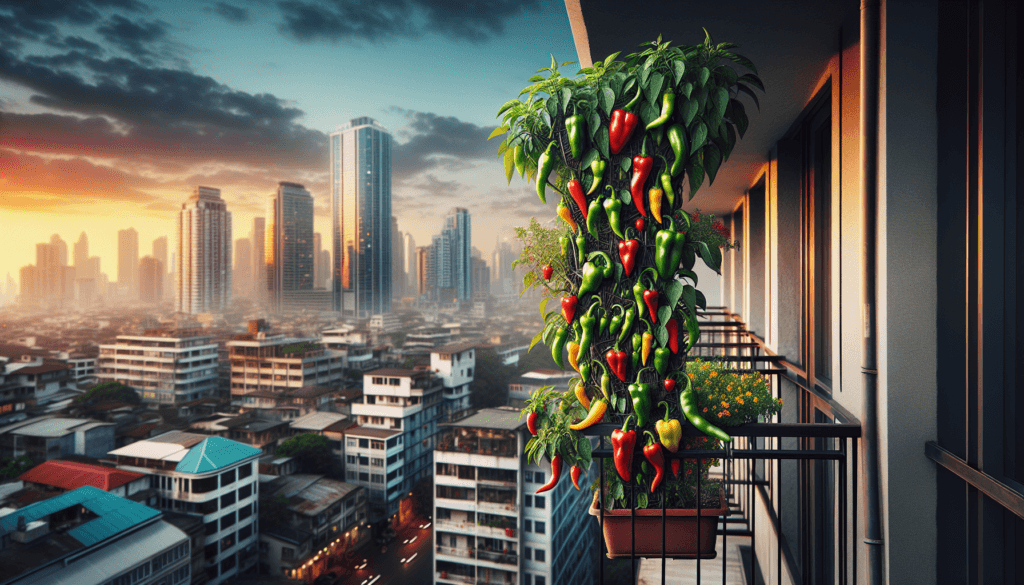
Growing Peppers Organically
Avoiding Chemical Pesticides and Fertilizers
Growing peppers organically is not only better for the environment but also for your health. Avoid using chemical pesticides and fertilizers that can harm beneficial insects and contaminate your food. Instead, opt for natural and organic options. Use organic pest control methods, such as introducing beneficial insects like ladybugs or using insecticidal soap or neem oil. Additionally, use organic fertilizers, compost, or other natural soil amendments to provide your peppers with the nutrients they need without introducing harmful chemicals.
Implementing Natural Pest Control Methods
When it comes to pest control, prevention is key. Implementing natural pest control methods can help you manage common pests without resorting to chemical pesticides. Some effective natural pest control methods for peppers include companion planting, where certain plants can repel or confuse pests, and physical barriers, such as row covers or netting, to prevent pest access. Regular monitoring of your plants for signs of pests and taking action at the first sight can also prevent infestations from getting out of control.
Using Organic Soil Amendments
Ensuring healthy soil is vital for organic pepper growing. Incorporate organic soil amendments, such as compost, well-rotted manure, or worm castings, into your garden beds or containers to improve soil fertility and structure. These amendments provide essential nutrients and beneficial microorganisms that help nourish your plants and promote healthy root development. Regularly adding organic matter to your soil will also improve its water-holding capacity and drainage, ensuring optimal growing conditions for your peppers.
Troubleshooting Pepper Growing Problems
Common Issues and Solutions
Pepper plants can face various growing problems, but with a little troubleshooting, you can address these issues and help your plants thrive. Common problems include blossom end rot, which is a calcium deficiency that can be resolved by maintaining consistent soil moisture and providing adequate calcium, either through soil amendments or foliar sprays. Another issue is blossom drop, where flowers fall off without setting fruit, often caused by extreme temperatures or poor pollination. Addressing temperature fluctuations and hand-pollinating the flowers can help resolve this problem.
Dealing with Temperature Extremes
Pepper plants are sensitive to temperature extremes, both cold and hot. In cooler climates, protect your plants from frost by covering them with frost blankets or bringing them indoors. If you experience heatwaves, provide shade for your plants or use shade cloths to protect them from scorching sun. Consider planting heat-tolerant varieties that can thrive in hot and dry conditions, or use techniques such as mulching to regulate soil temperature and retain moisture.
Identifying Nutrient Deficiencies
Nutrient deficiencies can manifest in pepper plants through various symptoms, such as yellowing leaves, stunted growth, or poor fruit set. Understanding the signs of nutrient deficiencies can help you address them appropriately. For example, yellowing leaves with green veins may indicate an iron deficiency, while pale leaves with yellowing between the veins may suggest a magnesium deficiency. Conducting a soil test can provide valuable insights into the nutrient levels in your soil and help you adjust your fertilizing practices accordingly.
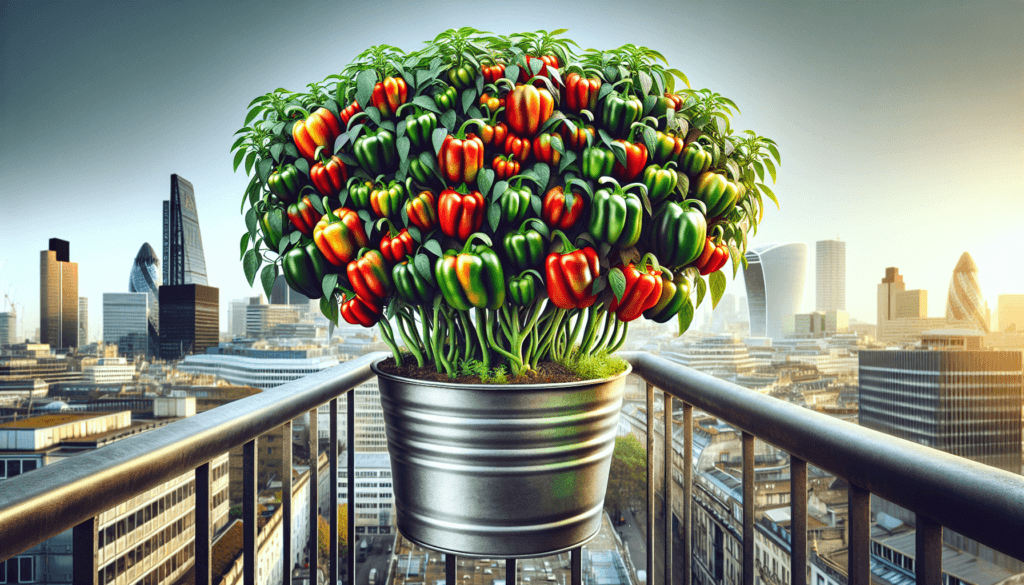
Success Stories from Urban Pepper Growers
Learning from Experienced Urban Gardeners
There is a wealth of knowledge and experience within the urban gardening community, and learning from experienced pepper growers can provide valuable insights and inspiration for your own gardening journey. Seek out local gardening groups or online communities dedicated to urban gardening, where you can connect with fellow gardeners, ask questions, and learn from their successes and challenges. Urban gardeners often have unique tips and tricks for maximizing space, dealing with limited sunlight, and other urban-specific challenges.
Tips and Insights from Successful Pepper Growers
Experienced pepper growers have a wealth of tips and insights that can help you succeed in your urban pepper-growing endeavors. Some common advice includes starting seeds indoors to get a head start on the growing season, timing your planting to ensure warm temperatures for optimal growth, and experimenting with different varieties to find ones that perform well in your specific urban setting. Additionally, successful pepper growers emphasize the importance of regular care, from consistent watering and fertilizing to proactive pest management, to ensure healthy and productive plants.
Community and Online Resources
In today’s digital age, there is a vast array of online resources available to urban pepper growers. You can find informative websites, gardening forums, and YouTube channels dedicated to urban gardening, providing step-by-step guides, troubleshooting tips, and inspiration. Many urban gardening communities also organize events, workshops, and seed swaps, where you can connect with like-minded individuals and expand your knowledge. Take advantage of these community and online resources to learn, share, and grow as an urban pepper grower.
Conclusion
Summary of Key Points
Growing peppers in an urban setting can be a rewarding and fruitful endeavor. By choosing the right pepper varieties based on your preferences and climate, selecting the ideal growing containers, and preparing the urban garden area, you can create the perfect environment for your pepper plants to thrive. Starting your pepper seeds indoors, caring for the plants through proper watering, fertilizing, pruning, and addressing pests and diseases, will ensure healthy growth and abundant harvests. Harvesting peppers at the optimal time and utilizing them in cooking or preserving allows you to enjoy the fruits of your labor. Growing peppers organically using natural pest control methods, avoiding chemical pesticides and fertilizers, and focusing on soil health contributes to a sustainable and environmentally friendly garden. Troubleshooting common growing problems, learning from experienced growers, and utilizing online resources will further enhance your success as an urban pepper grower.
Continuing Your Pepper Growing Journey
As you continue on your pepper-growing journey in your urban setting, remember that gardening is a process of learning and experimentation. Each growing season presents new challenges and opportunities for growth. Stay curious, adapt to your specific urban environment, and don’t be afraid to try new varieties or techniques. With passion, persistence, and the knowledge gained from this essential guide, your urban pepper garden will flourish, and you’ll enjoy a bountiful harvest of delicious, homegrown peppers. Happy gardening!

